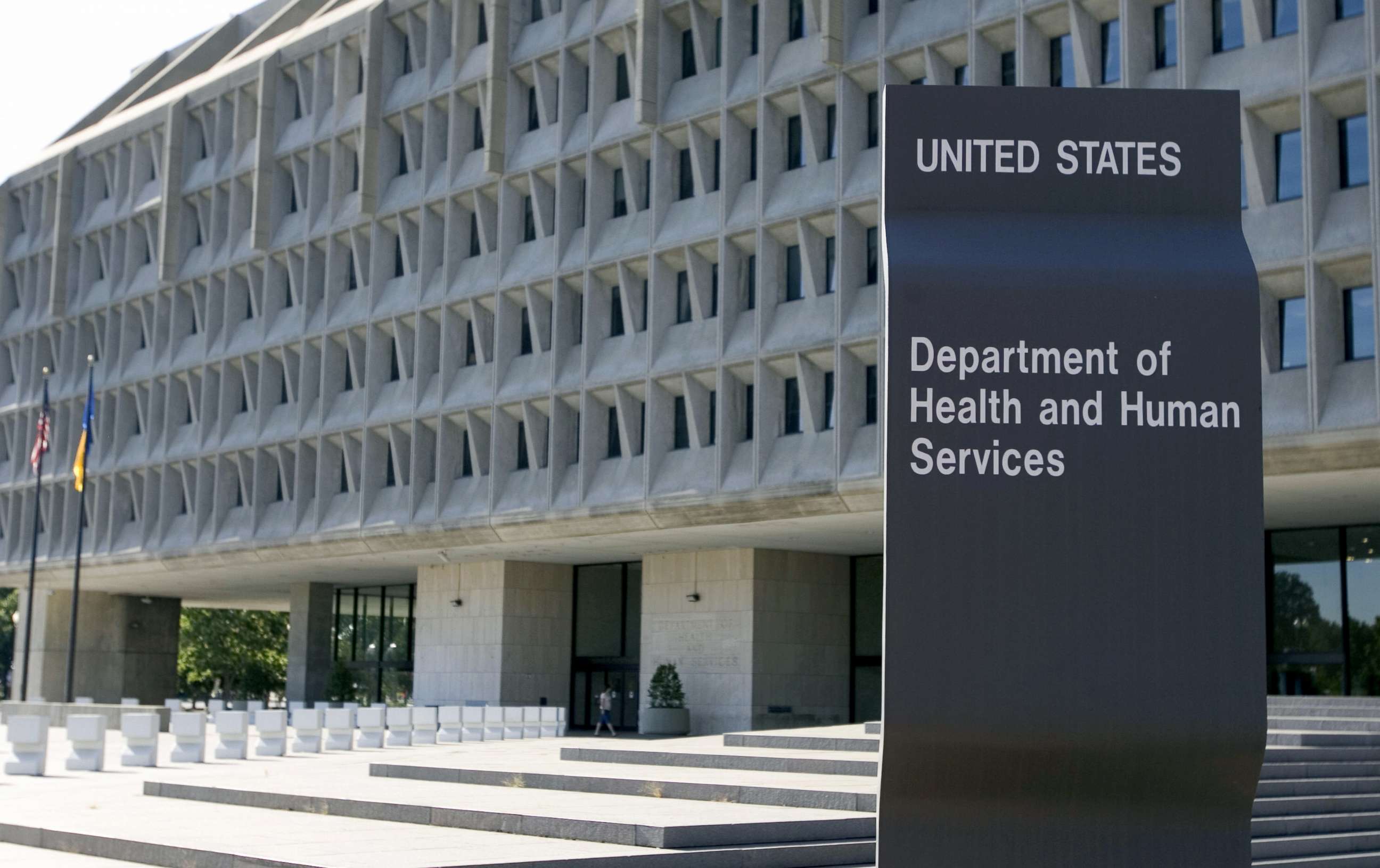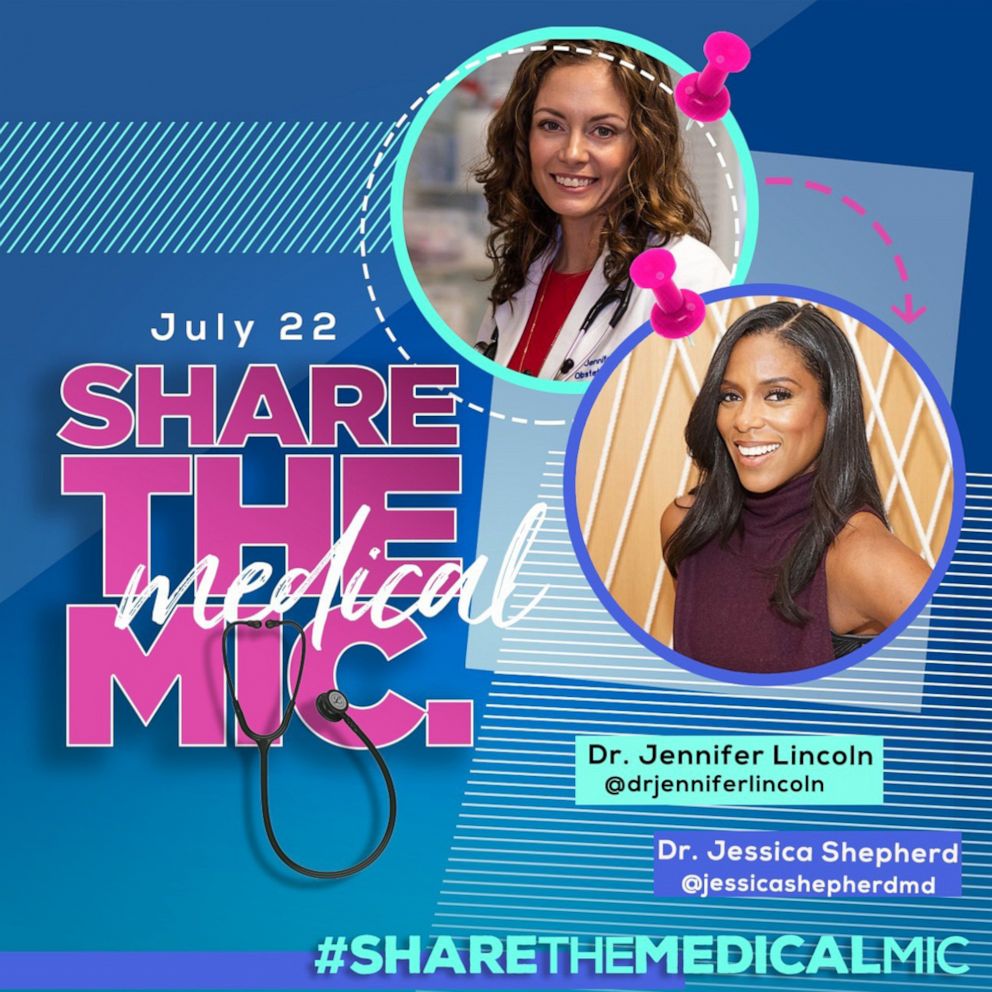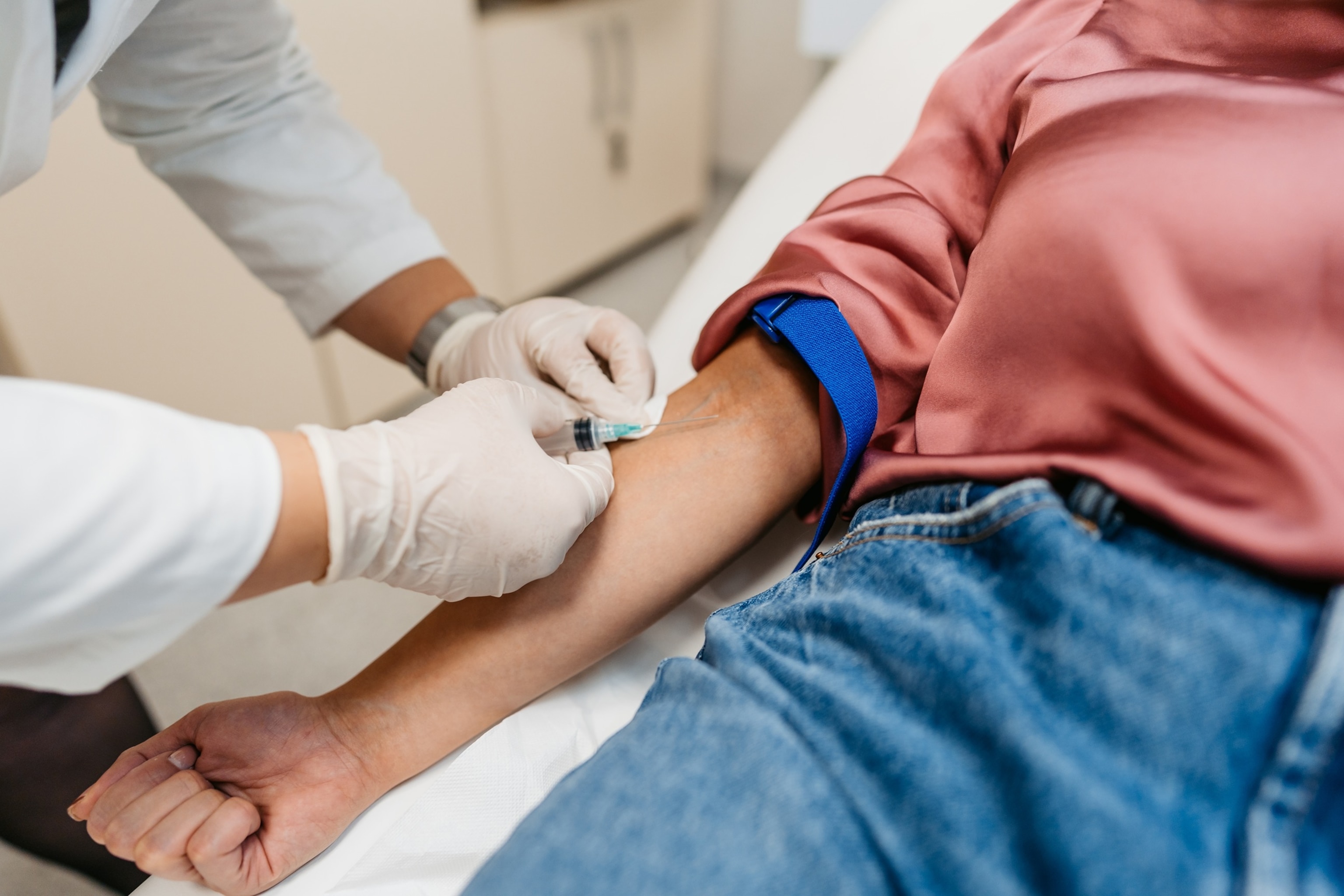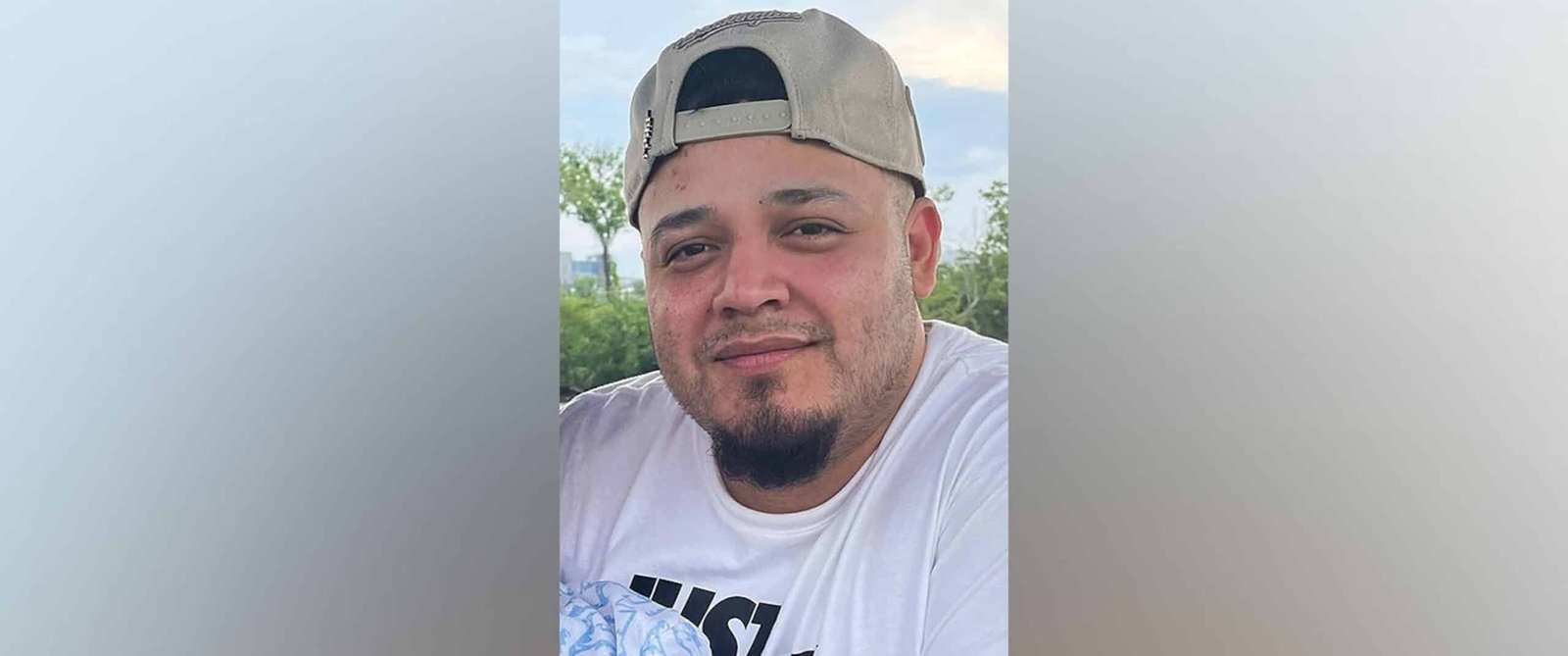Trump administration said he would return funding to the female health initiative

Trump administration has promised to return funds to important studies female health A few days after the researchers who led the research announced their funds had been deducted – news that encouraged protests from experts and medical scientists.
The US Department of Health and Humanitarian Services said in a statement on Friday to ABC News that they would return funding for female health initiatives, a 30 -year study of more than 160,000 women who had caused discoveries in women’s health in everything ranging from cancer and hormone therapy to chronic diseases, aging and osteoporosis.
“These studies are an important contribution to our better understanding of women’s health. While in the beginning exceeding its internal targets for contract reduction, we now work to fully restore funding for this important research effort,” the agency said in a statement, referring to the National Health Institute, the agency in the HHS that oversees the study. “This remains very committed to advancing public health through strict gold standard research and we take immediate steps to ensure the continuity of this study.”
Researchers lead a female health initiative, or whisi, announced Earlier this week that they had been told HHS would end the contract for four research regional centers at the end of September. Funding for the Clinical Coordination Center for Research will continue until January 2026, according to the researchers, and then remain uncertain.
Garnet Anderson, Ph.D., Main Investigator of the Coordination Center for WHI at the Fred Hutchinson Cancer Center in Seattle, told ABC News on Friday that the center had not yet received confirmation from this that funding for this study would be restored.
He added that while he hoped that the funds for WHI would be restored, he was also worried that it might sacrifice funds for “other equal studies.”
“The decision making process is now opaque,” Anderson told ABC News via email. “It is unclear that we get our best returns – prioritizing and supporting research on the most important issues in public health and the most promising scientific opportunities.”

On July 21, 2007, photo files, the Ministry of Health and US humanitarian services are displayed in Washington, DC
Saul Loeb/Afp/Getty Images, File
Anderson’s work about WHI over the past 30 years including research on hormone and female therapy.
Additional discoveries originating from data for several decades collected by WHI include the main information about preventing chronic diseases in women; slow down memory loss; prevent and care for breast, ovarian and colorectal cancer in women; And a better understanding of how conditions at the beginning of life such as pregnancy, preeclampsia and gestational diabetes have an impact on women in the future, according to Dr. Joann E. Manson, one of WHI’s long -term main researchers.
“This is the biggest and most innovative study of women’s health, and we learn a lot about the prevention of chronic diseases, healthy aging, expanding the range of health, years of life that is free from large chronic diseases with good memories and cognition and mobility, and quality of life,” which is also the head of the treatment division in Brigham and Women’s Hospitals.
Manson said the research findings that continued to be produced by WHI not only formed community health guidelines and clinical health guidelines, which means medical advice given by doctors to patients, but also formed a generation of female health researchers.
“There are more than 5,000 investigators who have been involved with publications and with science, and it will be difficult to keep it together,” he said about the potential impact of cutting funding. “Also, WHI has played a big role in training and guiding the next generation of researchers in women’s health and healthy aging that are likely to be disturbed.”
Editor option

Manson and other researchers noted that a sudden announcement of funding and now the possibility of reversal to return the funds had threw their work into chaos.
“We have blood samples, literally hundreds of thousands of blood samples, which have been collected for years. It is unclear whether the bio-specimen can be fully used and used to advance knowledge that is also threatened,” said Manson, whether it still exists in all countries that can be measured by this bio-specialty can be preserved. This Bio-Specimen, whether they need to be diverted, whether they can see in this Bio-Specimen country, whether they need to be diverted. Sample – this is really unclear. “

Stock image/picture getty
On Friday, Manson told ABC News that he had not received confirmation from this that funding for this research would continue.
The third WHI Regional Center, located at the Wexner Medical Center, Ohio State University, also told ABC News on Friday that they had not been told by this about the decision to return the funds.
Dr. Marian Neuhouser, a WHI main investigator at Fred Hutchinson Cancer Center, said that one of the main tasks of the research regional center, whose funding was initially ended in September, was to continue to collect data from tens of thousands of women who were still registered in the study.
“There is not much study that has a large database of older women. We have around 13,000 women over the age of 90 and several to the age of 108,” Neuhouser told ABC News on Thursday. “We need to learn about women – what makes them healthy, what makes them risk, how people can stay independent. This information helps doctors when they interact with patients.”
He added the woman registered with WHI, “They want to be learned. They want to be part of the answer.”
Experts such as Neuhouser noted that the work of WHI was mostly because it was recently three decades ago, women were not required to be included in medical research.
In the 1970s, for example, the first clinical study of the effects of estrogen – sex hormones that were responsible for the physical and female reproductive features – carried out in men.
That’s only with road The National Health Revitalization Law in 1993 was signed into a law by President Bill Clinton at the time, that the inclusion of women and color people was asked in a federal funded study.






